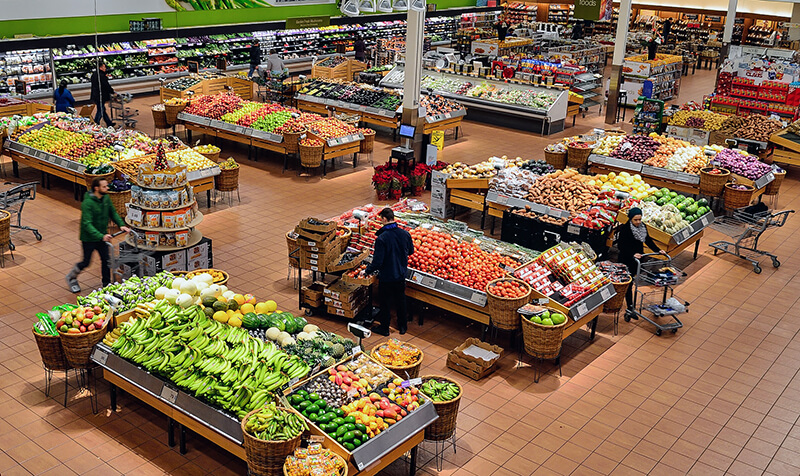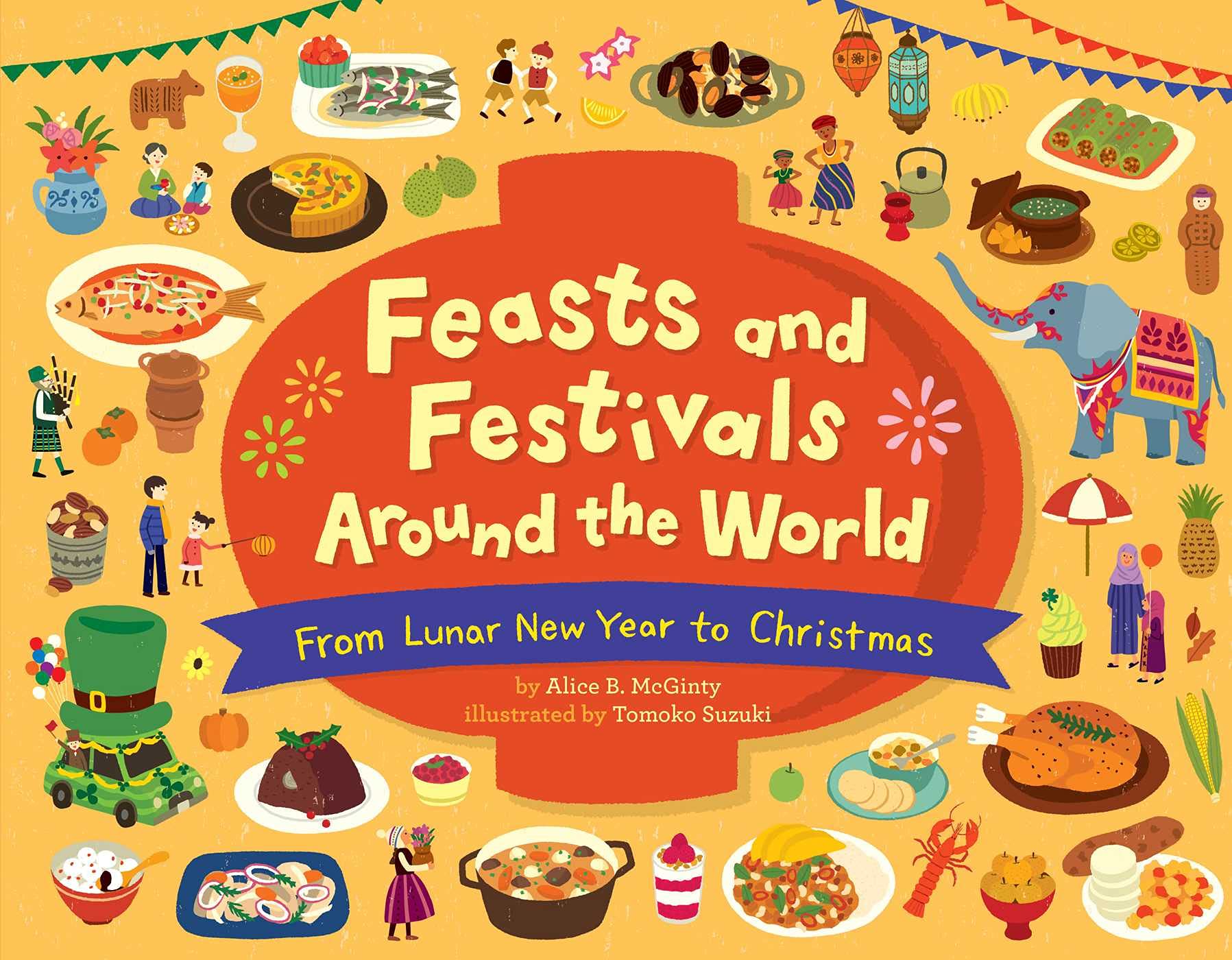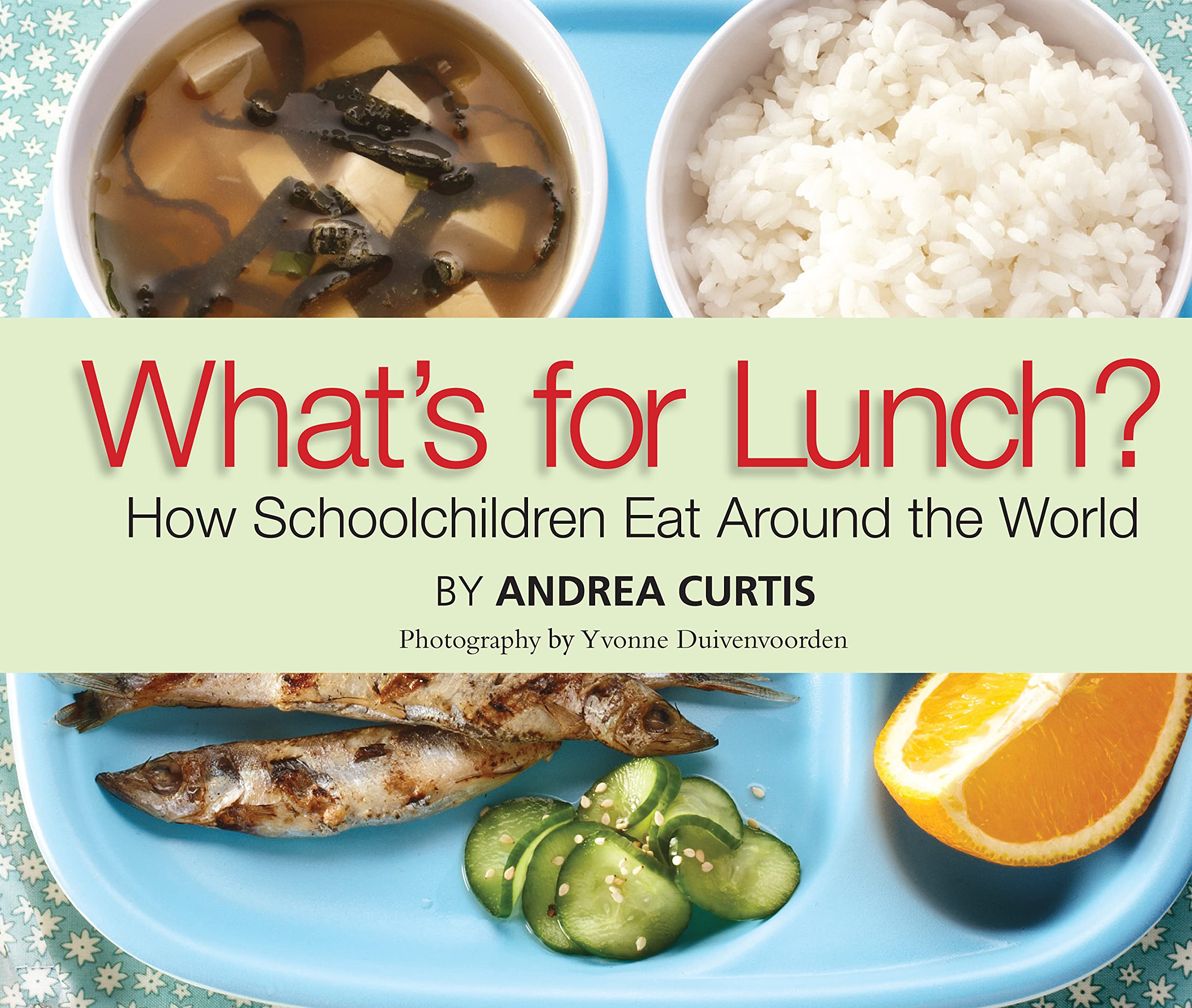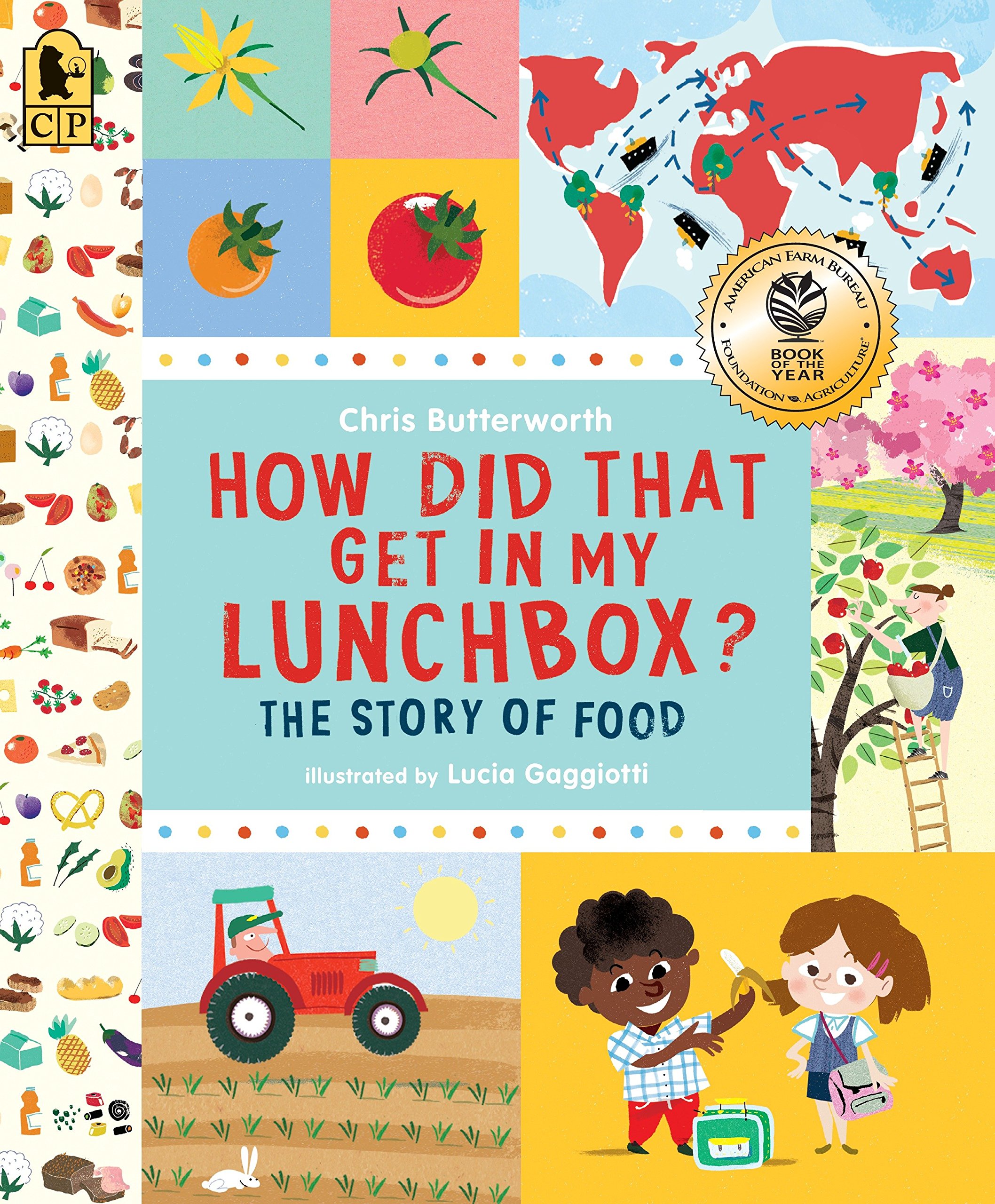Cultures, Food, and Communities Around the World (Grades K-2)
Students explore different cultures around the world and their unique traditions centered around food and its preparations. Students discover how food gets from the farm to the grocery store.

Background
Lesson Activities
Recommended Companion Resources
Credits
Author
Debra Spielmaker, Grace Struiksma, Sara Hunt, Bekka Israelsen, and Lynn Wallin | Utah Agriculture in the Classroom
Standards
Texas Content Area Standards
-
ELA: K.110.2.b.1
Developing and sustaining foundational language skills: listening, speaking, discussion, and thinking - - oral language. The student develops oral language through listening, speaking, and discussion.
- ELA: K.110.2.b.1.D: work collaboratively with others by following agreed-upon rules for discussion, including taking turns;
-
ELA: 1.110.3.b.1
Developing and sustaining foundational language skills: listening, speaking, discussion, and thinking - - oral language. The student develops oral language through listening, speaking, and discussion.
- ELA: 1.110.3.b.1.D: work collaboratively with others by following agreed-upon rules for discussion, including listening to others, speaking when recognized, and making appropriate contributions
-
ELA: 2.110.4.b.1
Developing and sustaining foundational language skills: listening, speaking, discussion, and thinking -- oral language. The student develops oral language through listening, speaking, and discussion.
- ELA: 2.110.4.b.1.D: work collaboratively with others by following agreed-upon rules for discussion, including listening to others, speaking when recognized, making appropriate contributions, and building on the ideas of others
-
Social Studies: 1.113.12.c.9
Economics. The student understands the value of work. The student is expected to:
- Social Studies: 1.113.12.c.9.B: describe how various jobs contribute to the production of goods and services
-
Social Studies: 2.113.13.c.7
Economics. The student understands the roles of producers and consumers in the production of goods and services. The student is expected to:
- Social Studies: 2.113.13.c.7.C: trace the development of a product from a natural resource to a finished product
-
Social Studies: 2.113.13.c.16
Social studies skills. The student communicates in written, oral, and visual forms. The student is expected to:
- Social Studies: 2.113.13.c.16.E: communicate information visually, orally, or in writing based on knowledge and experiences in social studies
-
Social Studies: K.113.11.c.11
Culture. The student understands the importance of family traditions. The student is expected to:
- Social Studies: K.113.11.c.11.B: compare traditions among families
-
Social Studies: K.113.11.c.12
Science, technology, and society. The student understands ways technology is used in the home and school and how technology affects people's lives. The student is expected to:
- Social Studies: K.113.11.c.12.B: describe how technology helps accomplish specific tasks and meet people's needs
- Social Studies: K.113.11.c.12.C: describe how his or her life might be different without modern technology
-
Social Studies: K.113.11.c.14
Social studies skills. The student communicates in oral and visual forms. The student is expected to:
- Social Studies: K.113.11.c.14.C: communicate information visually, orally, or in writing based on knowledge and experiences in social studies
- Social Studies: K.113.11.c.14.D: create and interpret visuals, including pictures and maps
-
Social Studies: 1.113.12.c.15
Science, technology, and society. The student identifies individuals who created or invented new technology and understands how technology affects daily life, past and present. The student is expected to:
- Social Studies: 1.113.12.c.15.A: describe how technology has affected the ways families live
-
Social Studies: 1.113.12.c.17
Social studies skills. The student communicates in oral, visual, and written forms. The student is expected to:
- Social Studies: 1.113.12.c.17.C: communicate information visually, orally, or in writing based on knowledge and experiences in social studies
- Social Studies: 1.113.12.c.17.D: create and interpret visual and written material
-
Social Studies: 2.113.13.c.12
Culture. The student understands ethnic and/or cultural celebrations. The student is expected to:
- Social Studies: 2.113.13.c.12.B: compare ethnic and/or cultural celebrations
-
Social Studies: 2.113.13.c.13
Science, technology, and society. The student understands how science and technology have affected life, past and present. The student is expected to:
- Social Studies: 2.113.13.c.13.B: explain how science and technology have affected the ways in which people meet basic needs
-
Science: K.112.2.b.4
Scientific and engineering practices. The student knows the contributions of scientists and recognizes the importance of scientific research and innovation on society. The student is expected to:
- Science: K.112.2.b.4.B: identify scientists and engineers such as Isaac Newton, Mae Jemison, and Ynes Mexia and explore what different scientists and engineers do.
-
Science: K.112.2.b.5
Recurring themes and concepts. The student uses recurring themes and concepts to make connections across disciplines. The student is expected to:
- Science: K.112.2.b.5.G: describe how factors or conditions can cause objects, organisms, and systems to either change or stay the same.
-
Science: K.112.2.b.10
Earth and space. The student knows that the natural world includes earth materials and systems that can be observed. The student is expected to:
- Science: K.112.2.b.10.B: observe and describe weather changes from day to day and over seasons.
-
Science: 1.112.3.b.5
Recurring themes and concepts. The student uses recurring themes and concepts to make connections across disciplines. The student is expected to:
- Science: 1.112.3.b.5.G: describe how factors or conditions can cause objects, organisms, and systems to either change or stay the same.
-
Science: 1.112.3.b.8
Force, motion, and energy. The student knows that energy is everywhere and can be observed in everyday life. The student is expected to:
- Science: 1.112.3.b.8.A: investigate and describe applications of heat in everyday life such as cooking food or using a clothes dryer.
-
Science: 1.112.3.b.10
Earth and space. The student knows that the natural world includes earth materials that can be observed in systems and processes. The student is expected to:
- Science: 1.112.3.b.10.B: investigate and describe how water can move rock and soil particles from one place to another.
-
Science: 2.112.4.b.5
Recurring themes and concepts. The student uses recurring themes and concepts to make connections across disciplines. The student is expected to:
- Science: 2.112.4.b.5.G: describe how factors or conditions can cause objects, organisms, and systems to either change or stay the same
-
Science: 2.112.4.b.10
Earth and space. The student knows that the natural world includes earth materials that can be observed in systems and processes. The student is expected to:
- Science: 2.112.4.b.10.B: measure, record, and graph weather information, including temperature and precipitation
 Read Feasts and Festivals Around the World by Alice B. McGinty to show the students examples of traditional foods people in other countries eat during different holidays. Use the following questions to guide a discussion:
Read Feasts and Festivals Around the World by Alice B. McGinty to show the students examples of traditional foods people in other countries eat during different holidays. Use the following questions to guide a discussion:
 Share the book What's for Lunch? by Andrea Curtis with your students. Show the students the photographs of lunches from different parts of the world. Discuss the contents of each lunch and the country where it is commonly eaten.
Share the book What's for Lunch? by Andrea Curtis with your students. Show the students the photographs of lunches from different parts of the world. Discuss the contents of each lunch and the country where it is commonly eaten. Read How Did That Get in My Lunchbox? by Chris Butterworth.
Read How Did That Get in My Lunchbox? by Chris Butterworth.